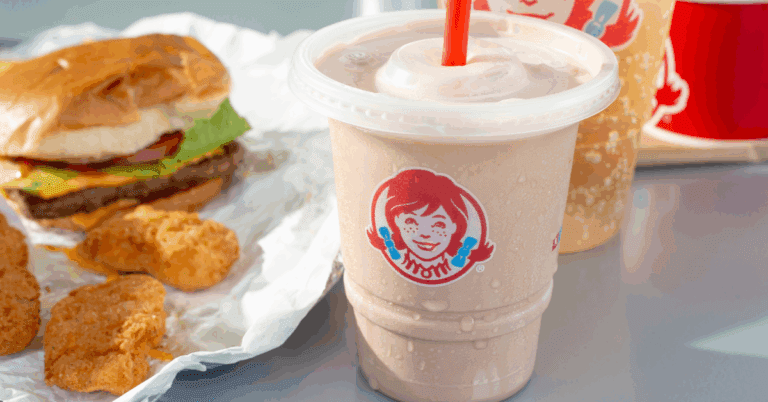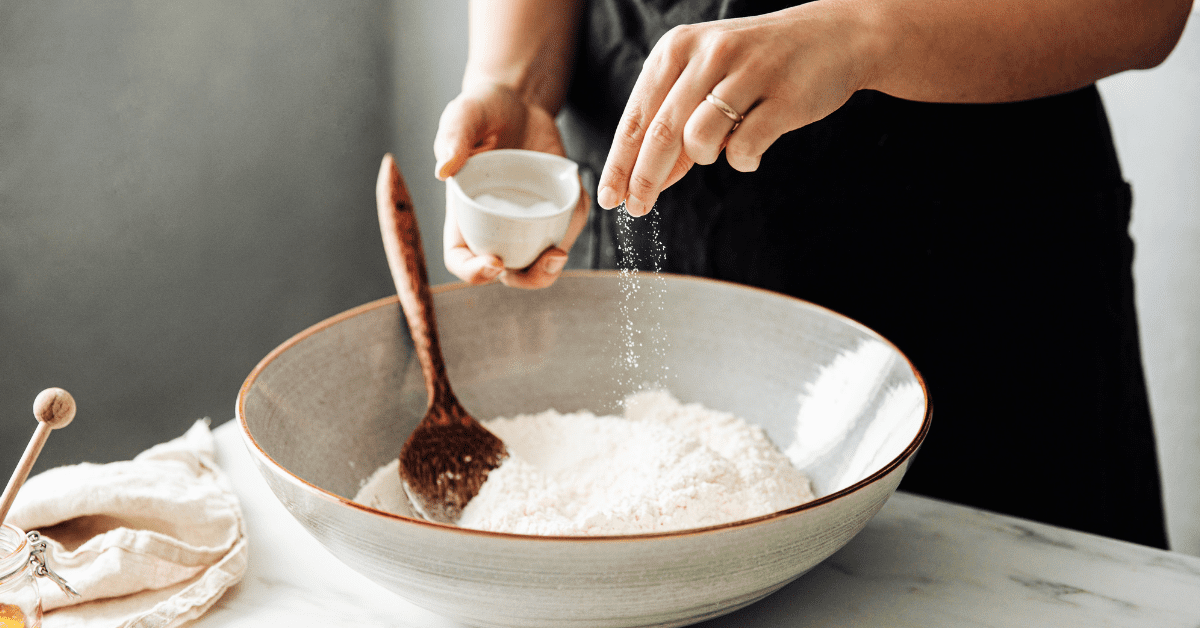We all know that too much salt can be bad for us, but did you know the recommended daily sodium intake for adults is generally 2,300 milligrams (mg)? Most of the sodium we consume is hidden in everyday foods, lurking in processed snacks, restaurant meals, and even seemingly healthy options.
The Sodium-Blood Pressure Connection
Sodium plays a crucial role in regulating fluid balance and blood pressure in the body. However, excessive sodium intake can lead to high blood pressure (hypertension), a major risk factor for heart disease, stroke, and kidney problems.
Where Sodium Hides
While we might be mindful of adding salt to our food, the majority of sodium in our diets comes from packaged and processed foods. Here are some surprising culprits:
- Bread and baked goods: Even seemingly healthy whole-wheat bread can pack a surprising amount of sodium.
- Processed meats: Deli meats, bacon, sausage, and hot dogs are often loaded with sodium.
- Canned soups and vegetables: These convenient options can be high in sodium, even if they’re labeled “low sodium.”
- Cheese: Cheese can be a significant source of sodium, especially processed cheese.
- Condiments and sauces: Ketchup, soy sauce, salad dressings, and other condiments can contribute a surprising amount of sodium to your diet.
- Restaurant meals: Restaurant meals are often prepared with high amounts of sodium to enhance flavor.
- Snack foods: Chips, pretzels, crackers, and other processed snacks are often high in sodium.
Tips for Reducing Sodium Intake
- Read labels carefully: Pay close attention to the sodium content listed on food labels. Choose options that are labeled “low sodium” or “sodium-free.”
- Cook at home: Preparing meals at home allows you to control the amount of sodium added.
- Flavor boost without the salt: Experiment with herbs, spices, and other flavor enhancers like lemon juice or vinegar to reduce your reliance on salt.
- Choose fresh or frozen: Opt for fresh or frozen fruits and vegetables over canned varieties, which tend to be higher in sodium.
- Limit processed foods: Minimize your consumption of processed foods, such as packaged snacks, convenience meals, and fast food.
- Be mindful of restaurant choices: When dining out, choose restaurants that offer lower-sodium options or request that your food be prepared without added salt.
- Rinse canned foods: Rinsing canned beans and vegetables can help reduce their sodium content.
- Watch portion sizes: Even low-sodium foods can contribute to high sodium intake if you eat large portions.
Delicious Low-Sodium Recipes
- Spice-Rubbed Baked Chicken with Roasted Vegetables: Season chicken with herbs and spices instead of salt and roast with a variety of colorful vegetables.
- Lentil Soup with Lemon and Herbs: This hearty soup is packed with flavor and fiber, and naturally low in sodium.
- Homemade Salad with Vinaigrette Dressing: Skip the bottled dressing and make your own with olive oil, vinegar, and fresh herbs.
- Fruit Salad with Yogurt and Honey: A refreshing and naturally sweet snack or dessert.
The Bottom Line
By being mindful of hidden sodium in your diet and making conscious choices to reduce your intake, you can help manage your blood pressure and support your overall health. Remember, small changes can make a big difference!
You Might Also Like:

How to Enjoy Your Wendy’s Frosty Without the Sugar Crash
You don’t have to give up your favorite treats. By making a few simple swaps, you can keep your blood sugar steadier, your energy up, and even support your heart in the long run.

“Healthy” 4th of July Drinks That Are Secretly Harming Your Heart
While you’re celebrating this weekend, don’t overlook how those “healthy” drinks might be sneaking in extra sugar, hidden calories, or ingredients that put extra stress on your heart.







